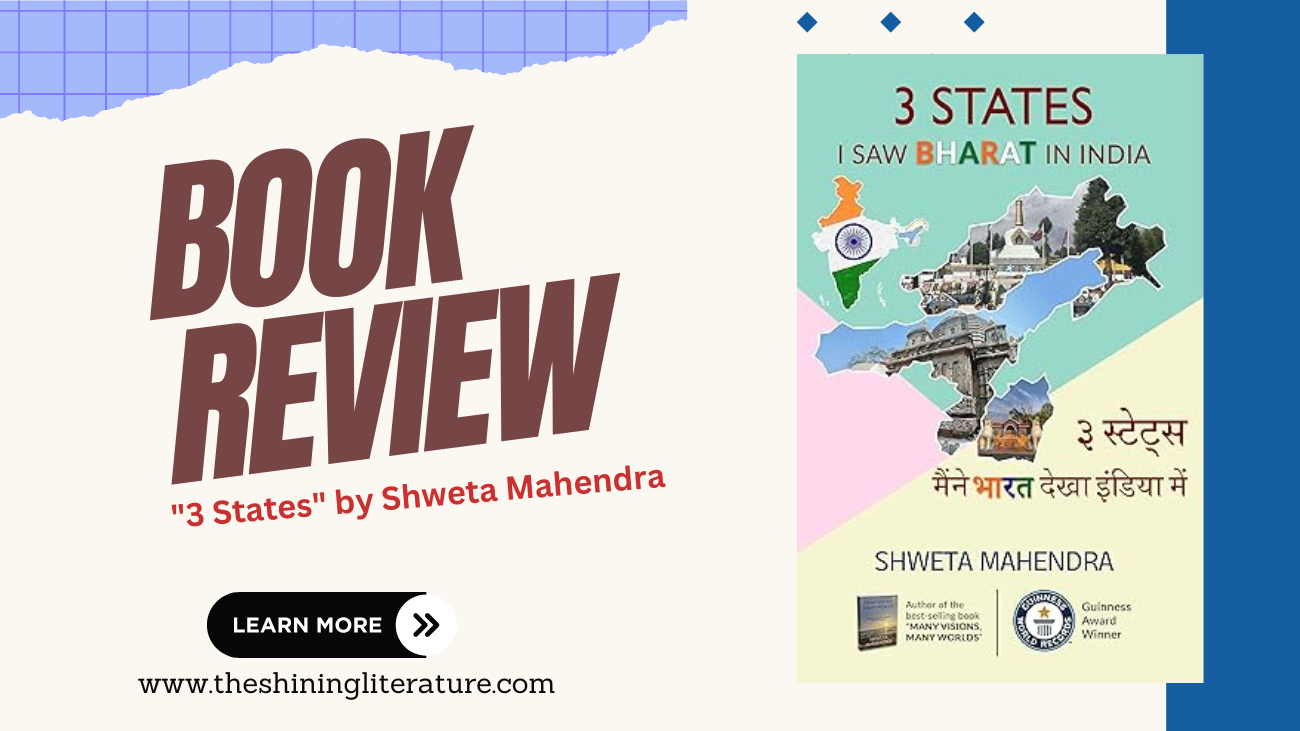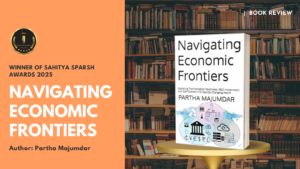“3 States” by Shweta Mahendra is a remarkable travelogue that beautifully encapsulates the essence of Assam, Arunachal Pradesh, and Manipur, three of India’s most enchanting states. Drawing inspiration from Ibn Battuta’s timeless quote, “Travelling – it leaves you speechless, then turns you into a storyteller,” Mahendra takes readers on an immersive journey, showcasing the rich tapestry of culture, nature, and spirituality that these states offer. The book is not just a recounting of travels but a heartfelt narrative that seeks to convey the profound impact that these places have had on the author’s soul. It also provides a unique travel experience to those who may not have traveled to the states mentioned in the book.
Mahendra’s exploration of Assam starts with an ode to the mighty Brahmaputra River, which she describes as the lifeline of the state. The river, with its vast floodplains, is depicted not just as a geographical feature but as a living entity that shapes the lives and livelihoods of the people. Her descriptions of the Kaziranga National Park, home to the one-horned rhinoceros, are vivid and evocative, painting a picture of a thriving ecosystem where nature reigns supreme. The author delves into the spiritual and cultural heart of Assam by exploring its ancient temples and vibrant festivals. The Kamakhya Temple in Guwahati, one of the oldest and most revered Shakti Peethas, is portrayed with reverence and awe. Mahendra’s account of the Ambubachi Mela, an annual festival celebrated with great fervor, highlights the deep-rooted spiritual traditions that continue to thrive in modern times.
Arunachal Pradesh, often referred to as the “Land of the Dawn-Lit Mountains,” is where Mahendra finds solace and peace. Her journey through this state is marked by an exploration of its pristine landscapes and tranquil monasteries. The Tawang Monastery, one of the largest Buddhist monasteries in India, is a focal point of her narrative. Mahendra’s depiction of the monastery’s serene ambiance and the monks’ simple yet profound way of life is both enlightening and inspiring. The author also delves into the lesser-known aspects of Arunachal Pradesh, such as its diverse tribal cultures and traditional practices. Her interactions with the local tribes, particularly the Apatanis, provide a glimpse into their unique way of life, characterized by a harmonious relationship with nature. Mahendra’s respectful and empathetic portrayal of these communities adds depth to her narrative, making it not just a travelogue but a cultural odyssey.
In Manipur, Mahendra finds a land of mystique and magic. Her journey here is marked by an exploration of its natural beauty and rich cultural heritage. The Loktak Lake, the largest freshwater lake in northeastern India, is a highlight of her travels. Mahendra’s description of the lake’s unique phumdis (floating islands) and the serene beauty of its surroundings captures the reader’s imagination, making one yearn to experience it firsthand. Manipur’s rich tradition of dance and martial arts is another focal point of Mahendra’s narrative. Her account of the classical Manipuri dance and the indigenous martial art form of Thang Ta is both informative and engaging. The author’s passion for these art forms is evident in her detailed descriptions and her appreciation for the skill and dedication of the practitioners.
“3 States” is more than just a travelogue; it is a celebration of the intrinsic connection between nature and culture in these three states. Mahendra’s writing is imbued with a sense of wonder and respect for the natural world. Her detailed descriptions of the flora and fauna, the landscapes, and the changing seasons create a vivid and immersive experience for the reader. The author also highlights the importance of sustainable tourism and the need to protect these pristine environments. Her encounters with local conservationists and her observations on the impact of tourism on these fragile ecosystems serve as a gentle reminder of our responsibility towards nature.
What sets “3 States” apart from other travelogues is Mahendra’s personal reflections and insights. Her narrative is not just a recounting of places visited but a deeply personal journey of self-discovery. The author’s introspective musings on the meaning of travel, the search for inner peace, and the lessons learned from her interactions with the people she meets add a profound dimension to the book. Mahendra’s writing style is engaging and evocative, making the reader feel as though they are accompanying her on this journey. Her use of sensory details, vivid imagery, and lyrical prose brings the places and people she describes to life. The author’s passion for travel and her deep love for these states shine through in every page, making “3 States” a truly captivating read.
Based on its potential to give readers the perfect travel experience in the comfort of their homes, “3 States” is recommended to all those who are interested in learning about the diversity of India and the beauty that entails it.




